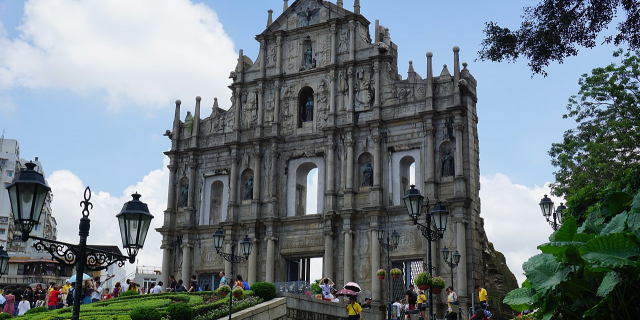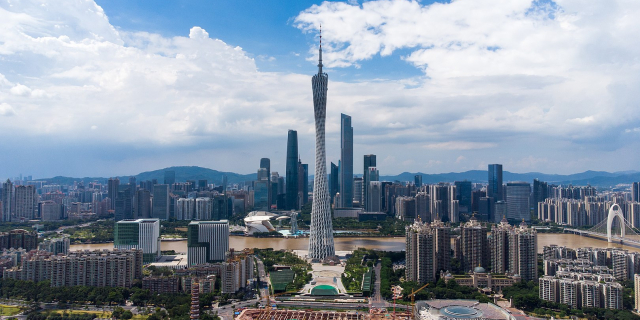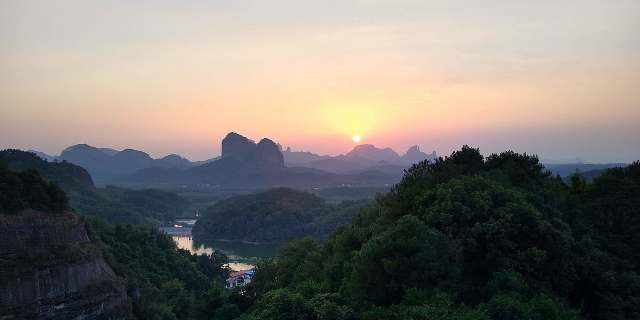Tsz Shan Monastery (慈山寺) Tsz Shan Monastery is a prominent Buddhist temple situated in Tung Tsz, Tai Po District, Hong Kong. The monastery is notable for its 76-meter tall bronze-cast statue of Guan Yin, a revered figure in Buddhism. It is located in a scenic area, with Pat Sin Leng mountain range behind it and Plover Cove Reservoir in front. The monastery covers an area of approximately 500,000 square feet.
The construction of Tsz Shan Monastery was completed in April 2015, and it was opened to the public in the same month. The project was initiated by Mr. Li Ka-shing, the founder of the Li Ka Shing Foundation. The Foundation has reportedly invested over HK$3.3 billion in the project, covering costs for land acquisition, construction, and ongoing operational expenses.
In 2015, following the opening of the monastery, Mr. Li Ka-shing expressed his belief in the soothing and soul-nourishing qualities of Buddhist art. Motivated by this belief, he spearheaded the d...Read more
Tsz Shan Monastery (慈山寺) Tsz Shan Monastery is a prominent Buddhist temple situated in Tung Tsz, Tai Po District, Hong Kong. The monastery is notable for its 76-meter tall bronze-cast statue of Guan Yin, a revered figure in Buddhism. It is located in a scenic area, with Pat Sin Leng mountain range behind it and Plover Cove Reservoir in front. The monastery covers an area of approximately 500,000 square feet.
The construction of Tsz Shan Monastery was completed in April 2015, and it was opened to the public in the same month. The project was initiated by Mr. Li Ka-shing, the founder of the Li Ka Shing Foundation. The Foundation has reportedly invested over HK$3.3 billion in the project, covering costs for land acquisition, construction, and ongoing operational expenses.
In 2015, following the opening of the monastery, Mr. Li Ka-shing expressed his belief in the soothing and soul-nourishing qualities of Buddhist art. Motivated by this belief, he spearheaded the development of the Tsz Shan Monastery Buddhist Art Museum, located beneath the Guan Yin statue. After extensive planning and preparation, the museum was officially opened to the public in 2019.




































Add new comment